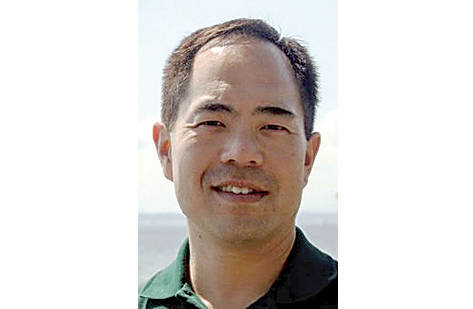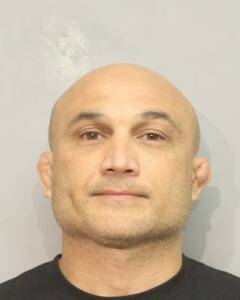A combination of warmer-than-average ocean surface temperatures, an absence of volcanic haze known as vog, plus the fact that summer is the rainy season in leeward areas means an unusually wet year in West Hawaii continued in September.
“For Kona, this was their wet season, the summertime,” NWS hydrologist Kevin Kodama said Friday. “When we came out with the dry season outlook, we said that the Kona side was going to have wetter than normal conditions, and mainly it was because of the sea surface temperatures. And that came to pass. Another factor … may be because the (Kilauea) eruption stopped. That may be helping the rainfall, because vog supposedly has an effect on suppressing some of the rain.”
For the second consecutive month, all four gauges in the Kona coffee belt region logged more than 10 inches of rainfall. However, none came close to breaking September records because of the high bar set by the results in 2015. The highest daily total, Honaunau’s 2.74 inches on Sept. 2, also came from the Kona slopes.
Almost all the official rain gauges in Kona measured above average readings in September, according to the National Weather Service.
The gauge in Kealakekua led the way with 14.7 inches, more than twice its September norm of 7.04 inches. That was just a whisper wetter than Waiaha, which measured 14.68 inches, almost thrice its September average of 5.38 inches.
Waiaha’s year-to-date total of 75.43 inches is almost twice its average of 38.53 inches for the first nine months of the year.
Kealakekua isn’t far behind, however, as its 73.65 inches of rain tallied through September is 160% of its norm of 45.92 inches for the period.
Both spots, by the way, logged more rain in September than Hilo, a town renowned for its wet weather.
Hilo International Airport, which had a hot and relatively dry summer, tallied 8.16 inches of rain, 82% of its September norm of 9.94 inches. Hilo’s year-to-date total of 65.55 inches is just 73% of its norm of just under 90 inches.
Almost all other windward Big Island gauges also have remained drier-than-normal, both for the month and the year.
Asked if that would continue, Kodama replied, “I would imagine not, because we’re heading into the wet season. The rainfall should start picking up.”
There were 16 summer days that tied or set records for heat in Hilo and now four record days for autumn as the mercury hit 88 degrees on Thursday, tying the previous record set in 1997.
The one dry spot on the Kona side was Ellison Onizuka Kona International Airport in Keauhou, where just 0.56 inches of rain fell, about two-thirds of its normally parched 0.84 inches in September.
For the year, just 6.76 inches have been tallied at the Kona airport, slightly more than half its usual nine-month total of 12.95 inches.
The gauges in other Big Island coffee belt, Ka‘u, have been right around their norms, both for the month and the year. Pahala with 4.57 inches for September and 38.42 for the year-to-date are at 100% of average for both statistics.
Kohala Ranch recorded 7.66 inches rain, notable because it’s more than 11 times its average for September. This rainfall did not occur in one event, but involved four separate days during the month with more than an inch recorded, Kodama noted.
Two small areas of the Big Island remain in extreme drought condition, according to Kodama.
“One of them is up by Mahukona. It’s very dry up there. It’s kind of a micro-climate,” he said. “Kohala Ranch had really wet condition because they were picking up some of those afternoon thunderstorms. But you go up the road north a few miles and you’re pretty dry.
“Then down at South Point, south of the South Point gauge, we’re getting reports from the ranchers down there that the pastures are still in bad shape.”
Informed of a brush fire that blackened over 100 acres and continued to burn Friday morning, Kodama replied, “That should tell you it’s really dry down there.”
Email John Burnett at jburnett@hawaiitribune-herald.com.






